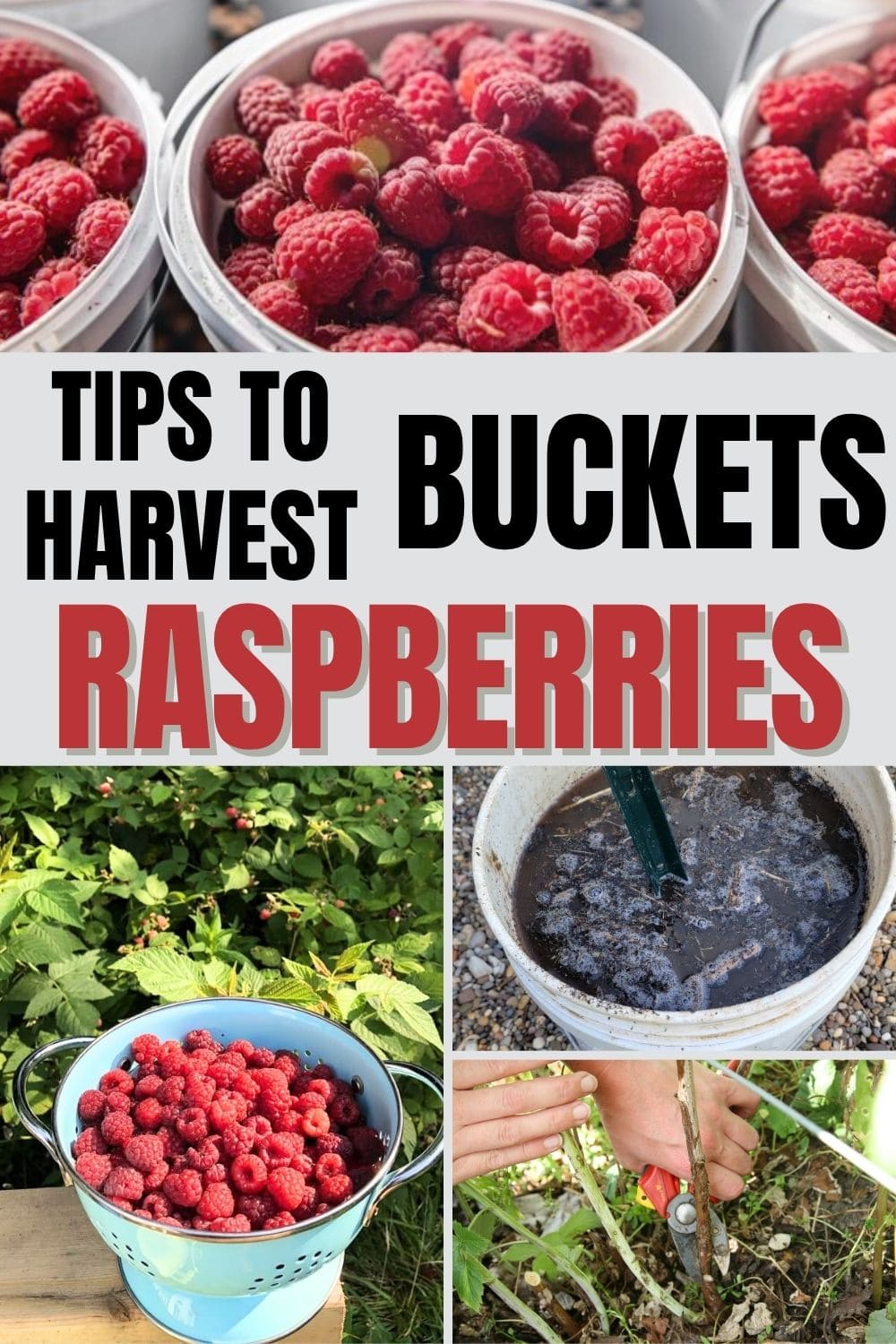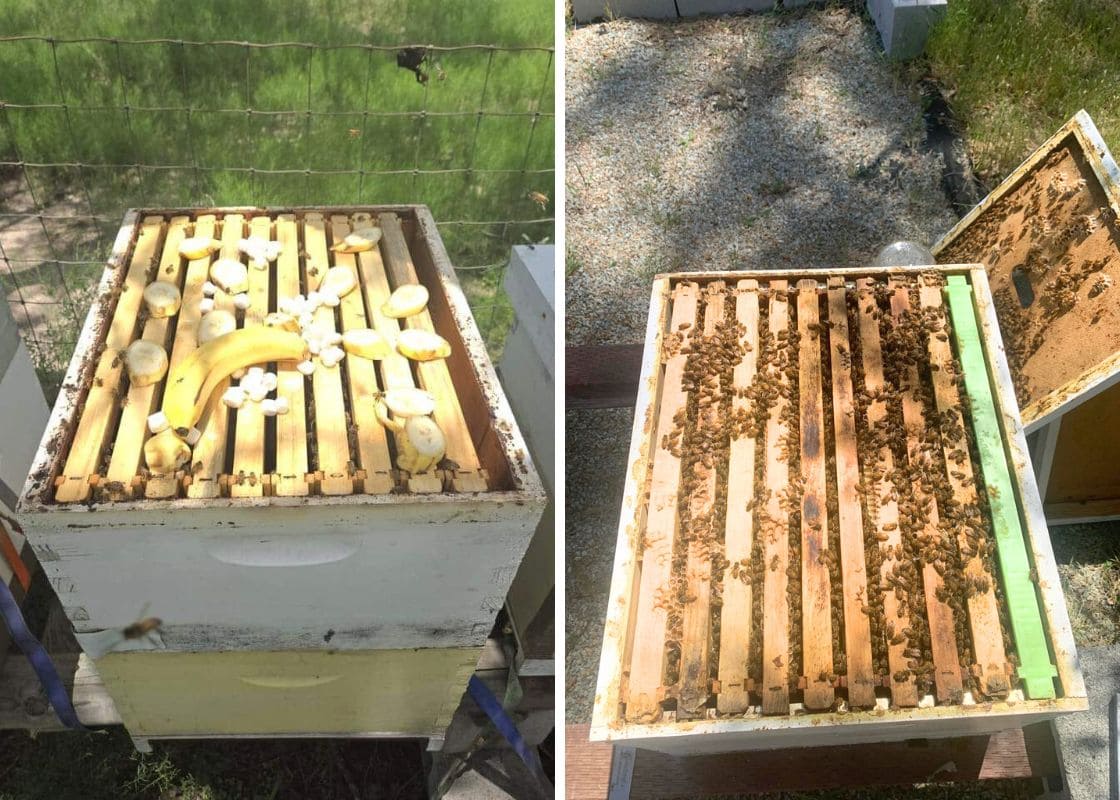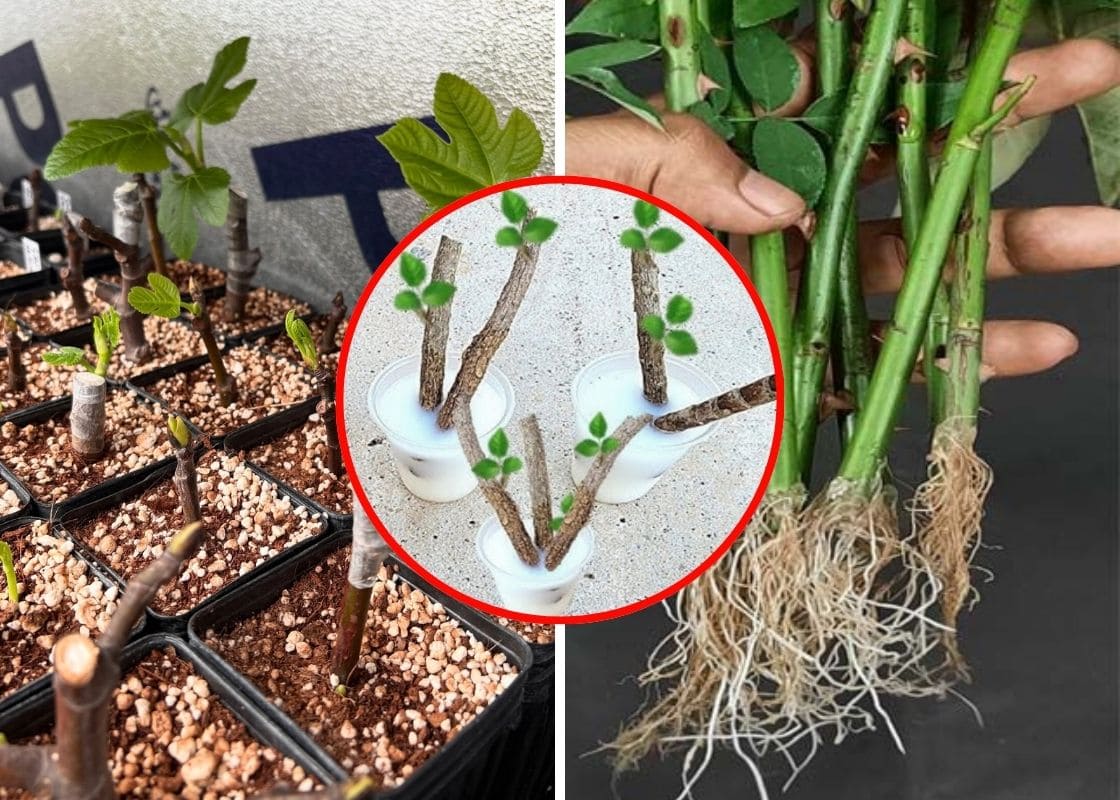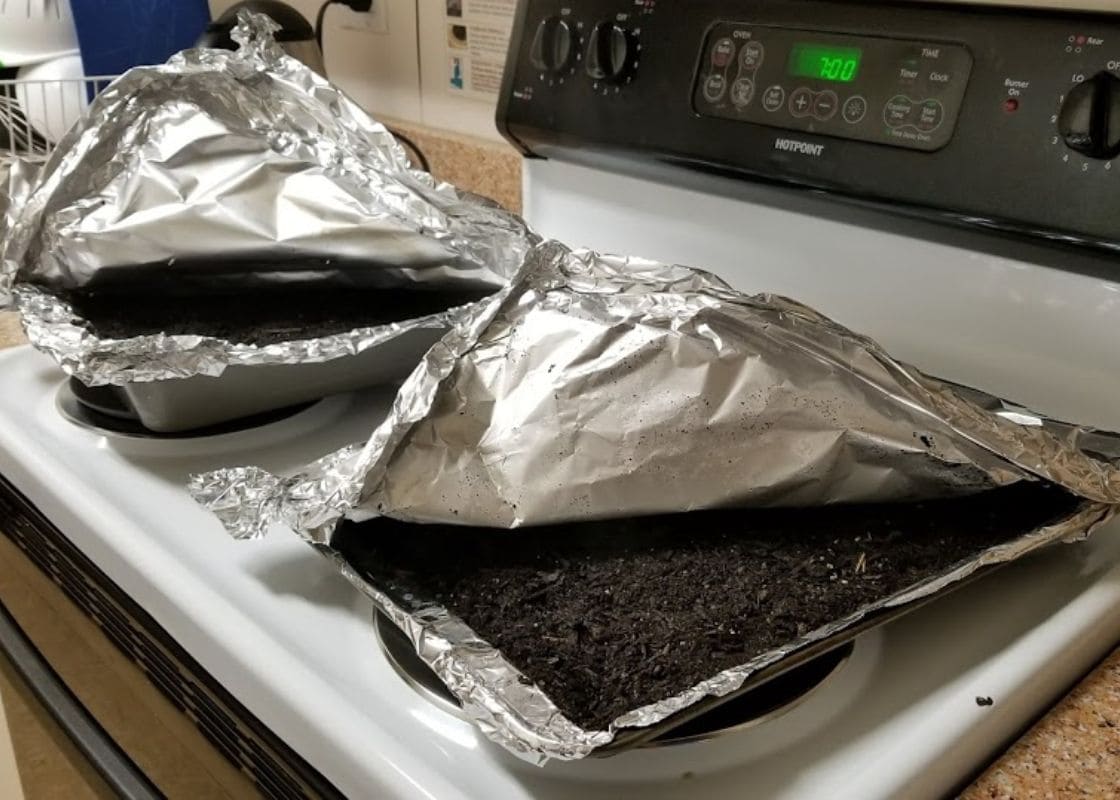There’s nothing quite like the joy of harvesting raspberries by the handful, straight from your garden.
When they’re ripe, warm from the sun, and just begging to be eaten, it’s hard not to fill baskets in one go.
But if you’ve grown raspberries before and only ended up with a handful here or there, you might wonder, what’s the secret to an overflowing harvest?
Truth is, raspberries are generous plants once they’re given the conditions they love.
With a little effort, you can dramatically boost your berry yield, improve fruit size, and keep your plants healthy for seasons to come.
1. Feed Raspberries with Compost Tea Monthly
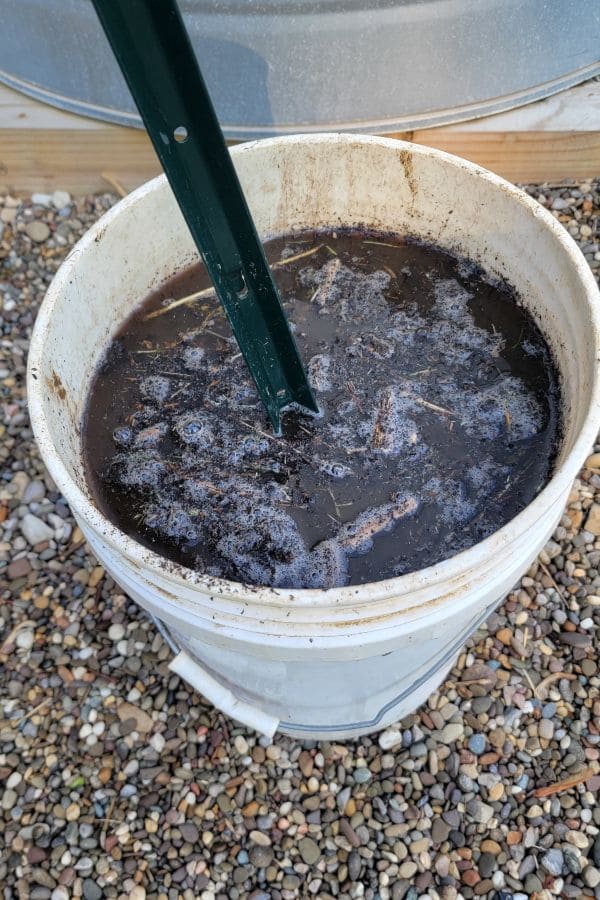
If there’s one game-changing habit to adopt, it’s feeding your raspberries with compost tea.
This homemade liquid fertilizer doesn’t just feed the plant, it builds healthy, living soil teeming with microbes that help your roots access nutrients.
To make it, scoop about two cups of mature compost into a five-gallon bucket, fill it with rainwater (or tap water that’s been left to sit for 24 hours), and stir it once or twice a day for two to three days.
When it’s ready, strain it through a cloth or old T-shirt, and pour the tea around the base of each plant.
If your plants are flowering, you can also spray it (diluted 1:5 with water) onto the leaves for a quick nutrient hit.
Then apply monthly during the growing season, and your plants will respond with lush, vigorous growth and fuller fruiting.
2. Pinch the Tips to Encourage Raspberries Branching

When raspberry canes reach two to three feet tall in spring, pinch or snip off the top inch or so.
This simple act redirects the plant’s energy into producing side branches, those laterals are where most of the fruit will develop later in the season.
It’s especially useful on first-year canes, which will either fruit in fall or set the stage for next summer’s harvest depending on your variety.
3. Mulch Like You Mean It and Add Alfalfa Underneath
For raspberries, I recommend laying down a thin layer of alfalfa pellets or flakes, then topping that with two to three inches of clean straw.
The alfalfa slowly breaks down and feeds your plants, while the straw locks in moisture and keeps the soil cool in summer.
Just be sure to pull the mulch a few inches away from the canes to prevent rot at the base.
Besides, replenish the straw as it compacts or blows away. The difference you’ll see in cane thickness and berry size by mid-season will be worth it.
4. Prune Raspberries the Right Way at the Right Time
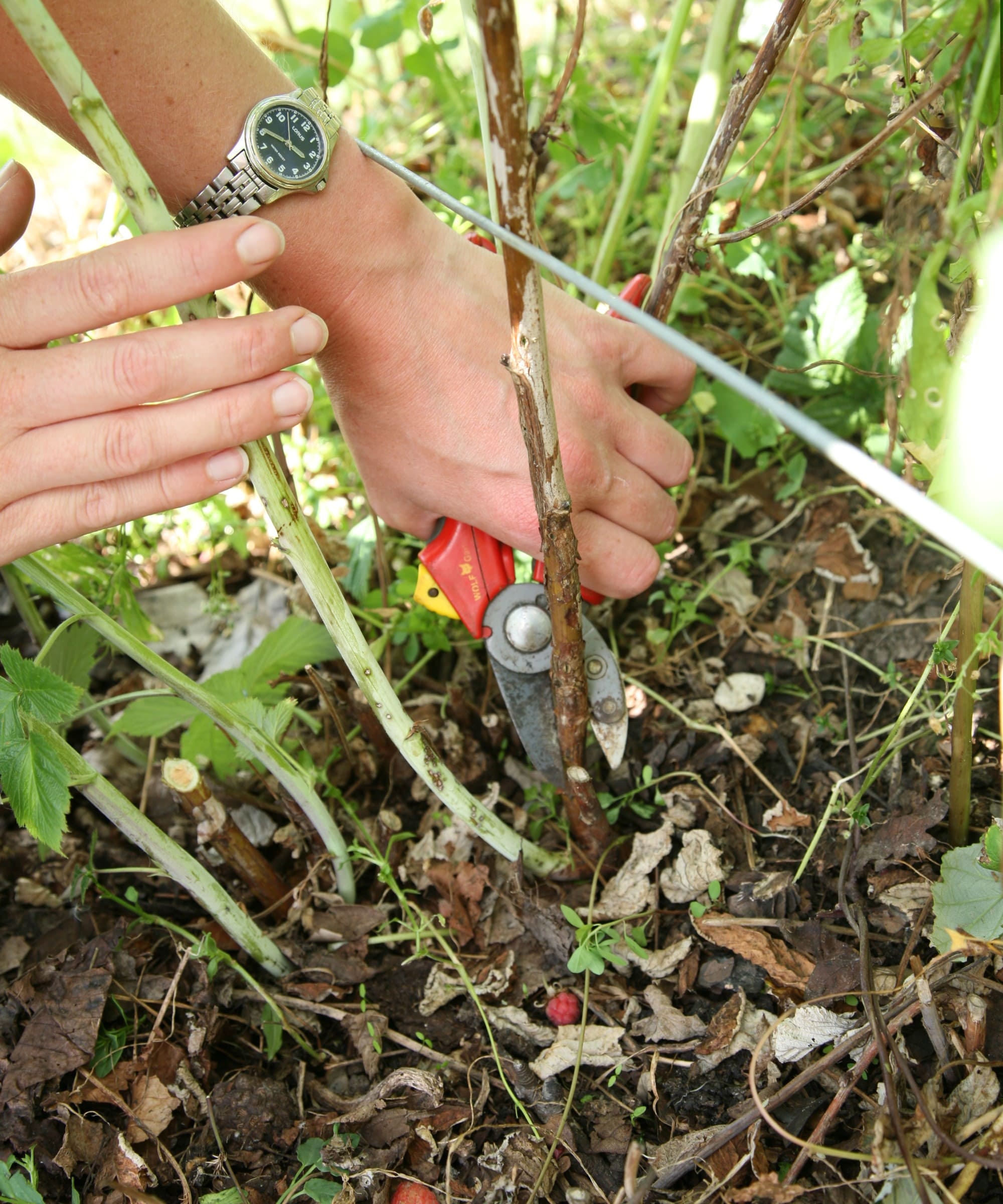
If pruning confuses you, you’re not alone, but it’s one of the most important things you can do to increase raspberry production.
For summer-bearing varieties, prune out the old, brown canes that fruited last year right after harvest. Leave the fresh, green canes that’s where next year’s berries will grow.
For fall-bearing or ever-bearing raspberries, you have a choice. If you want one big crop in fall, simply cut all canes down to the ground in late winter.
If you’d rather have two smaller harvests (one in early summer and another in fall), leave the strongest green canes and just tip-prune them in spring.
After that, clean your tools with rubbing alcohol between plants to prevent spreading any fungal spores or viruses.
5. Spray Seaweed Extract During Flowering

When raspberries start to bloom, a little seaweed goes a long way. Liquid kelp is rich in micronutrients and natural growth hormones that help flowers set fruit more efficiently.
You mix one to two tablespoons of liquid seaweed into a gallon of water and spray it directly onto the leaves every two weeks during bloom and early fruiting.
Spray early in the morning or after the sun goes down so the leaves don’t burn. You’ll notice stronger blooms, bigger clusters of berries, and less fruit drop during ripening.
6. Thin the Canes in Spring to Avoid Crowding
It’s tempting to let every cane grow, especially when they all look strong. But overcrowding is a surefire way to reduce your harvest.
Too many canes mean weak, spindly growth and poor airflow, which leads to smaller fruit and more disease.
Each spring, remove any dead, thin, or tangled canes, leaving the six to eight healthiest ones per plant or per linear foot of row.
Make sure there’s space for light and air to reach the center of the patch. A tidy, thinned raspberry row is a productive one.
7. Keep Soil Moist with Deep, Even Watering
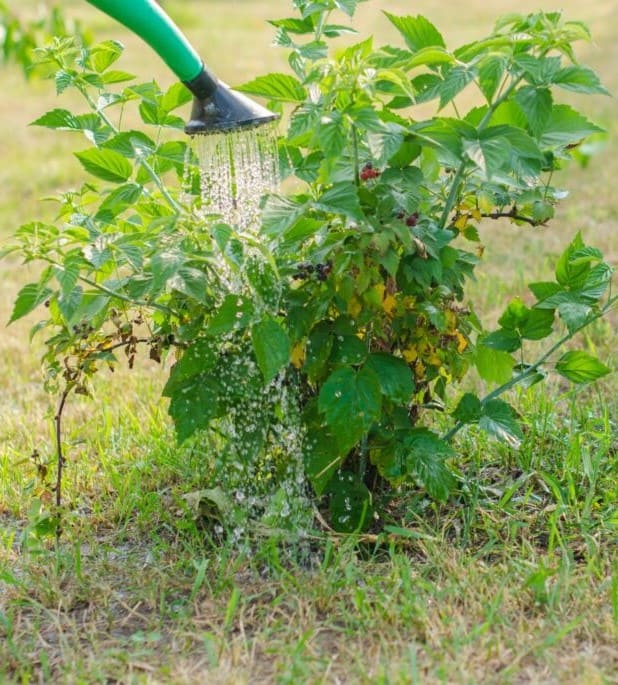
Raspberries have shallow root systems that are very sensitive to drying out, especially during flowering and fruiting.
Instead of watering lightly and often, give them a slow, deep drink once or twice a week. Aim for about one and a half inches of water weekly, more during hot, dry spells.
Drip irrigation or a soaker hose is ideal. You should water at the base in the morning, avoid wetting the leaves, and add mulch to help hold in moisture.
8. Pick Raspberries Often
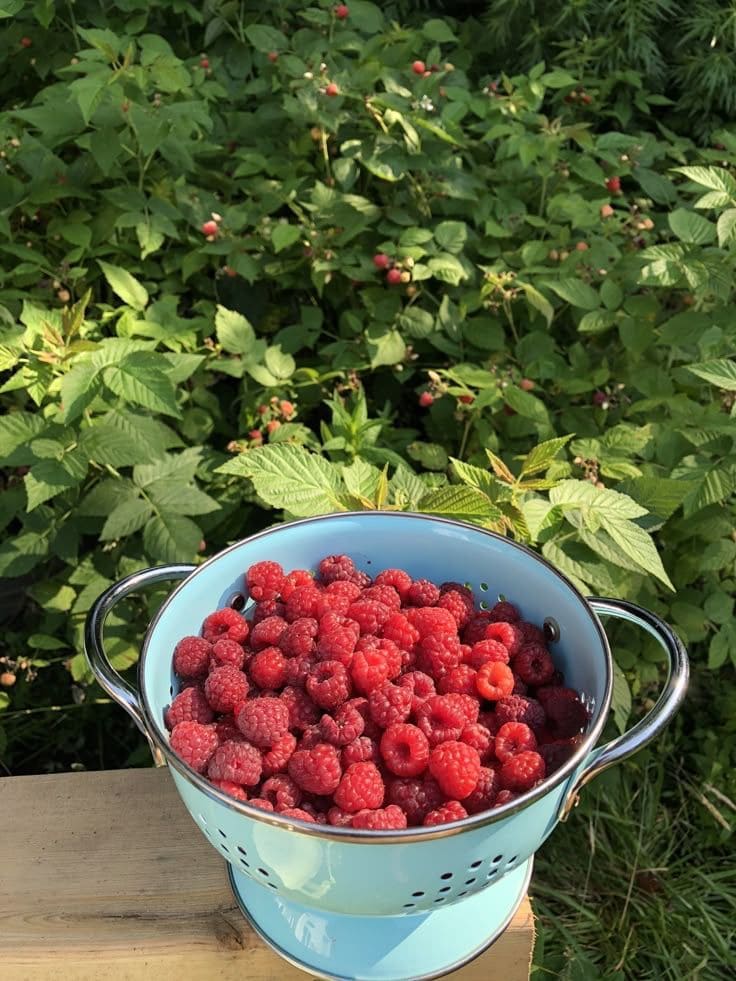
Raspberries ripen fast, sometimes almost overnight during peak season. To keep your plants producing, pick every day or two when berries are coming in heavily.
Ripe berries come off with barely a touch. If you have to tug, they’re not ready.
Don’t let overripe fruit sit on the plant too long. It attracts insects, encourages mold, and slows new fruit production.
Also, you use shallow baskets or trays when harvesting so the berries don’t crush each other, especially if you’re picking several pounds at a time.
9. Add Aged Manure in Fall for Next Year’s Growth
After the harvest ends, your raspberries are already planning next year’s growth. Help them out by feeding the soil with aged manure.
Cow, horse, or chicken manure that’s been composted for at least 6-12 months works best.
You spread a one- to two-inch layer across your beds in late fall, and top with straw to protect it from washing away in rain or snow.
Specially, remember to skip fresh manure as it’s too strong and can burn roots. By spring, your plants will be ready to explode with growth.
10. Rejuvenate Old Patches Every Few Years

Even the best-kept raspberry patches can start to tire out after 4-5 years.
Canes may get thinner, yields drop, and disease pressure increases. That’s your sign it’s time to refresh the bed.
In early spring, dig up a section of your patch and divide the healthy runners. Replant them into a new area with rich, clean soil, and discard old, woody roots.
Giving your plants a fresh space every few years helps maintain high yields and reduces pest and disease buildup in the soil.
